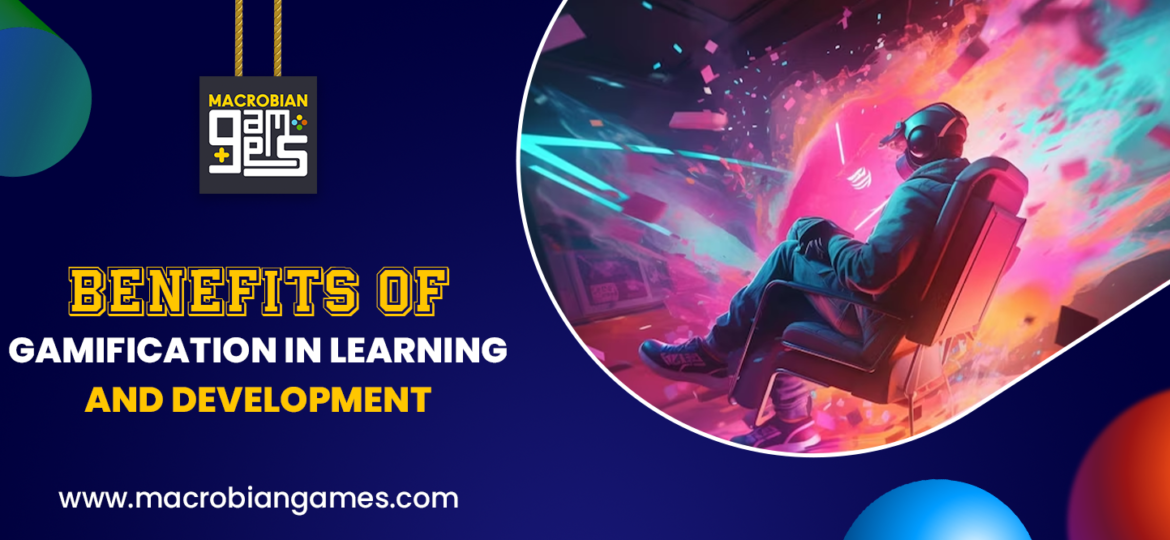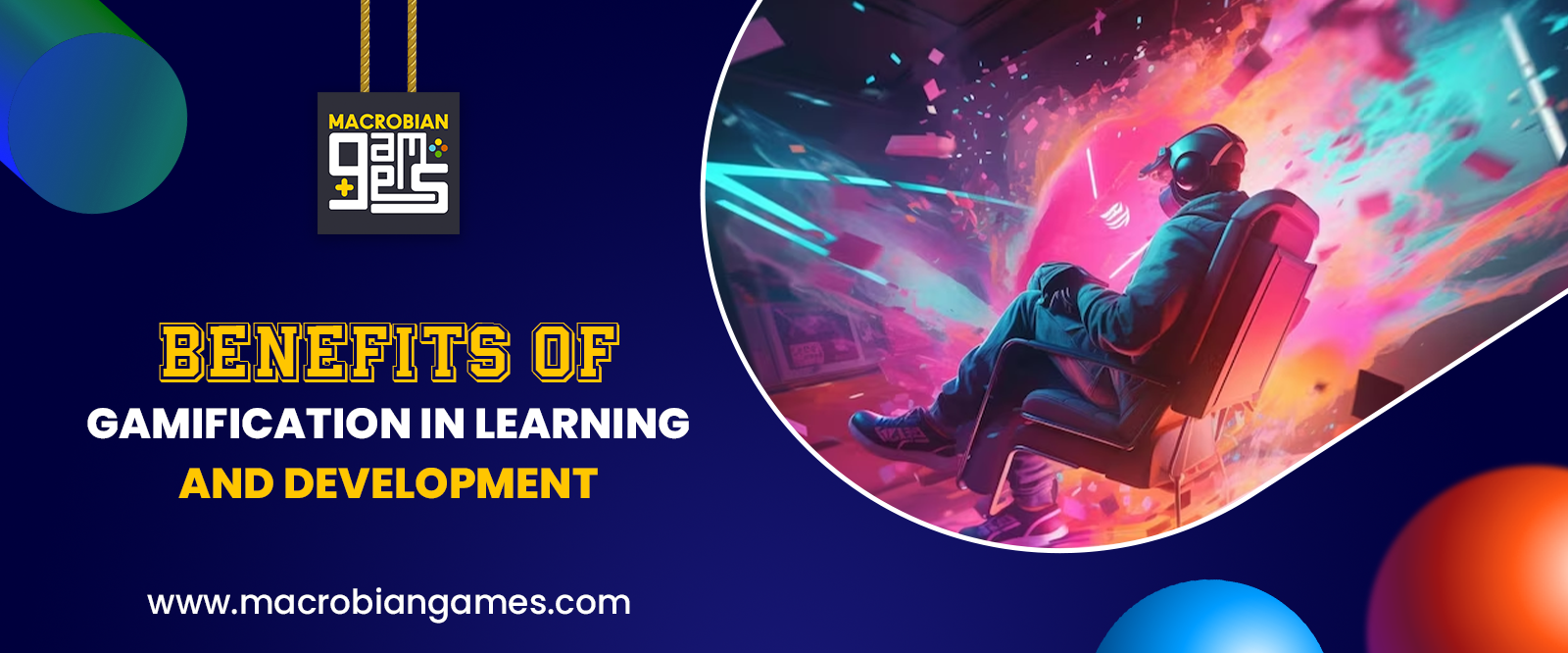
5 Benefits of Gamification in Learning and Development
Gamification is a technique used to increase engagement and encourage specific behaviours by incorporating engaging and immersive gaming features into non-gaming environments. To promote active participation and make activities interesting, gamification employs game principles and design, including leaderboards, points, incentives, and badges.
A wide range of industries, including marketing, education, staff training, wellness, and customer interaction, use gamification. Utilizing game elements, rewards, and innovation, gamification in learning and development enhances the fun and efficacy of the learning process.
Understand the advantages of gamification for learning and development
Teachers are constantly looking for new and creative methods to engage students and make learning an enjoyable experience because of the rapid changes that are occurring in the educational world. Gamification, or the use of games in education, is a technique that is gaining popularity. Teachers are finding amazing benefits from incorporating game aspects into the classroom that encourage student engagement, critical thinking, teamwork, and more.
Boosts Engagement of Learners
Considering that they are aiming to accomplish a goal, gamification provides them with motivation and interest. Students stop being mere observers and start acting as active participants when they are enthusiastic about their education and believe that their efforts will be appreciated. As a result of the positive experience you have created through gamification in learning and development, people can absorb the knowledge and retain it in their memory for future reference.
Promotes Critical Thinking
Students are frequently faced with scenarios and problems in games that require strategic thought. As they examine circumstances, come up with answers, and modify their strategies in response to results, youngsters develop critical thinking abilities. Gamified learning encourages pupils to solve problems and develop their creative thinking skills. Playing games can provide a refreshing break from reading documents, presentations, and PDFs for students enrolled in distant learning programs.
An engaging and interactive learning environment is produced by engrossing students in activities that resemble games. Additionally, gamification in learning and development encourages motivation and a higher degree of engagement with the instructional material.
Range of learning pathways
Genuine decision-making should be a feature of a good game. Gamers may become disinterested and unmotivated if a game is excessively linear. Students may choose the subjects they study in many gamified learning environments, where they can earn badges or other incentives for proving their skills. Giving students a choice is another strategy to boost their motivation and foster the traits of lifelong learners.
Teachers can better utilise the gamification in learning and development framework by offering students a variety of ways to achieve points or goals, each of which plays to their individual strengths.
Knowledge absorption and Retention
Encouraging your learners to acquire knowledge is the same objective regardless of the type of eLearning course you are creating; it might be compliance training or biology for the eleventh grade. But more than anything, students need to be able to use this information in real-world situations when they need it. By combining the sense of tangible advantages with endorphins, gamification in e-learning can increase retention and improve the absorption of knowledge.
Effective Fulfilment of Learning Objectives
Student accomplishment and depth of learning are the main advantages of gamification. Students may be able to meet learning objectives more rapidly and even advance their education if they are motivated and engaged, and if the instructional materials and methods are of the highest calibre.
Along with improving academic performance, gamification can also have positive effects on student morale, foster a feeling of community, and improve the rapport between teachers and students.
Conclusion
Gamification in learning and development is the use of game mechanics and concepts in non-gaming environments, such as teaching. Rather than making every class into a video game, the goal is to incorporate game components that encourage and reward students for actively participating in their education. Gamification has several advantages, like improved learning outcomes and higher levels of engagement.

